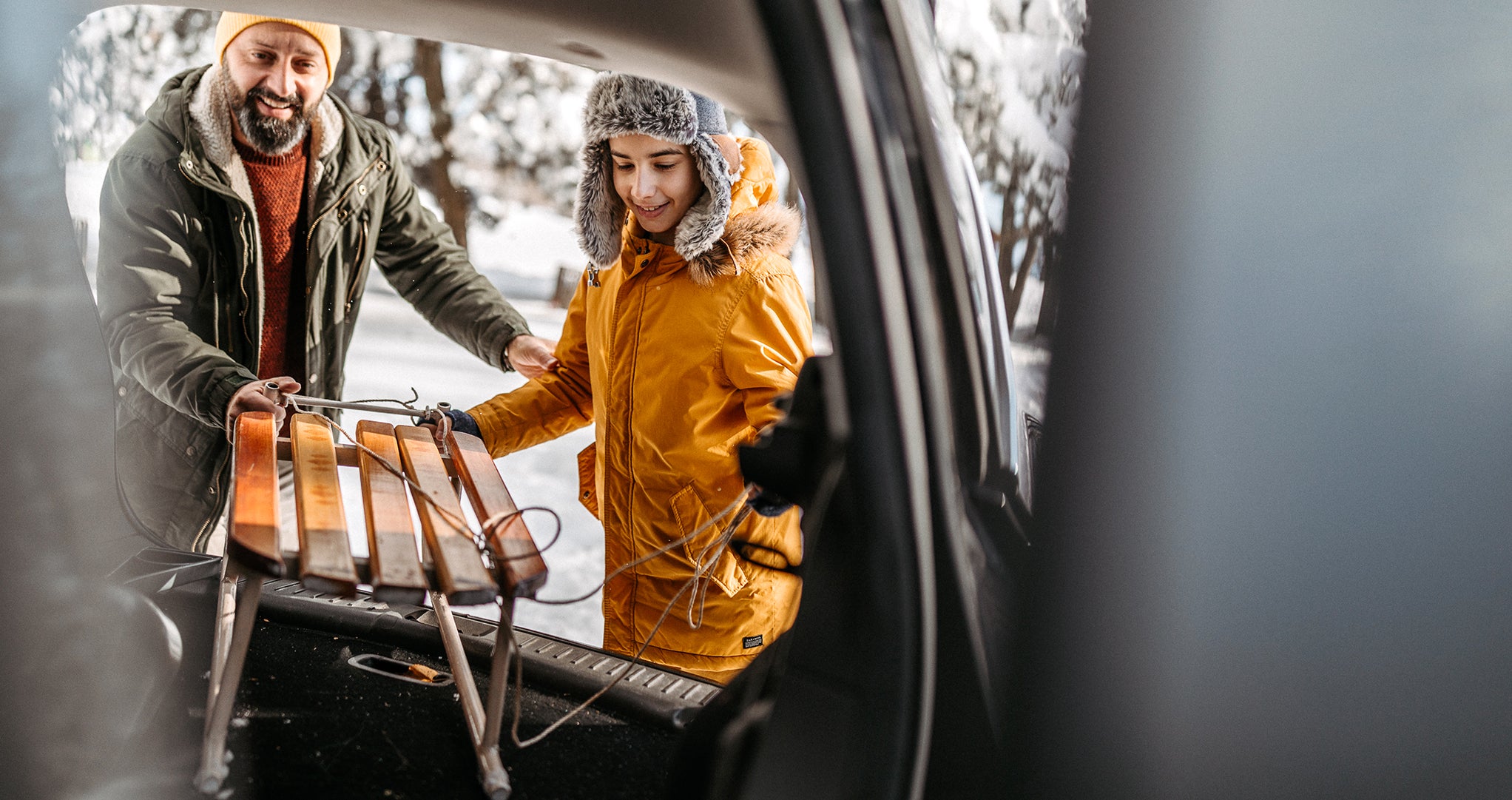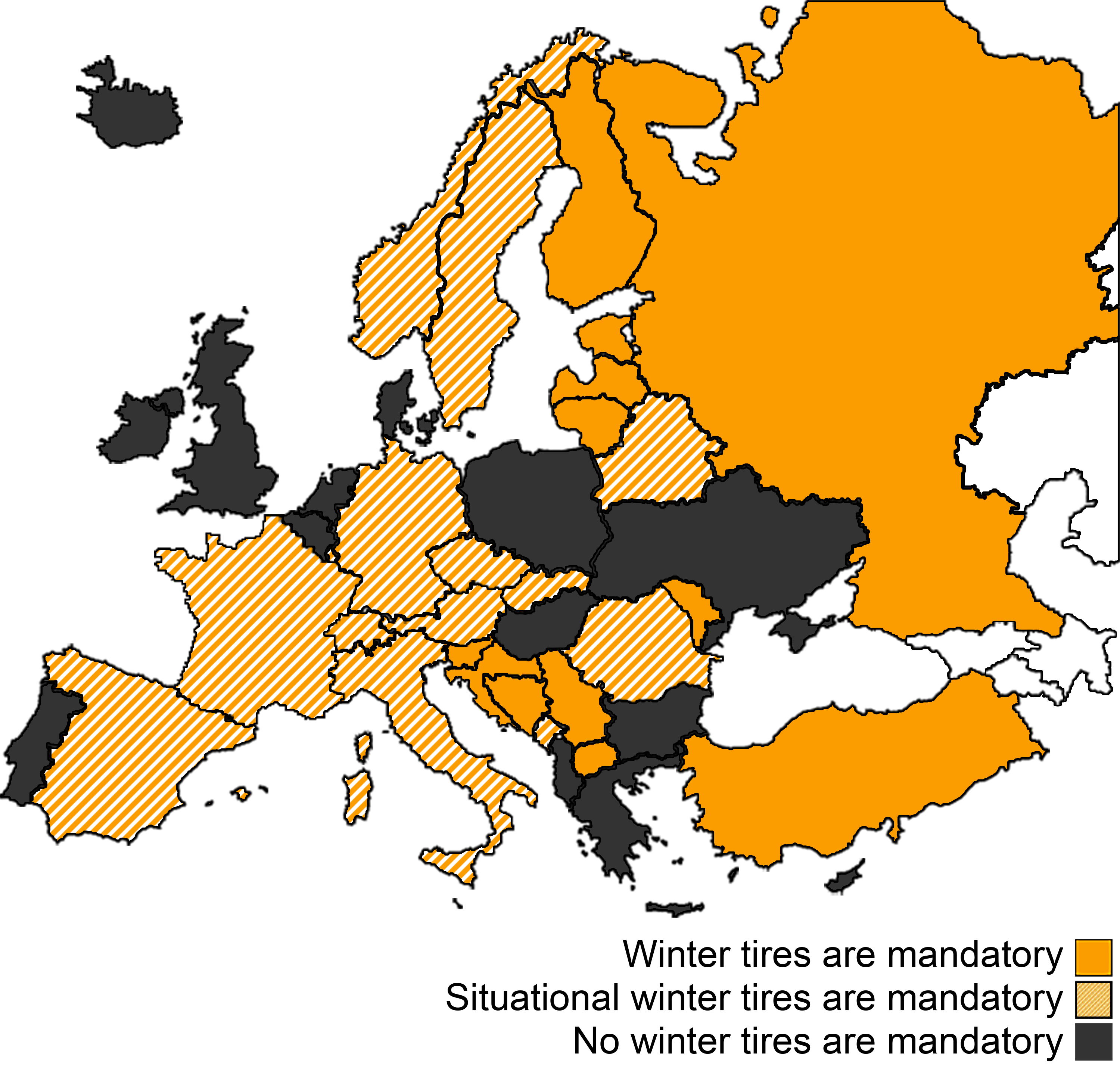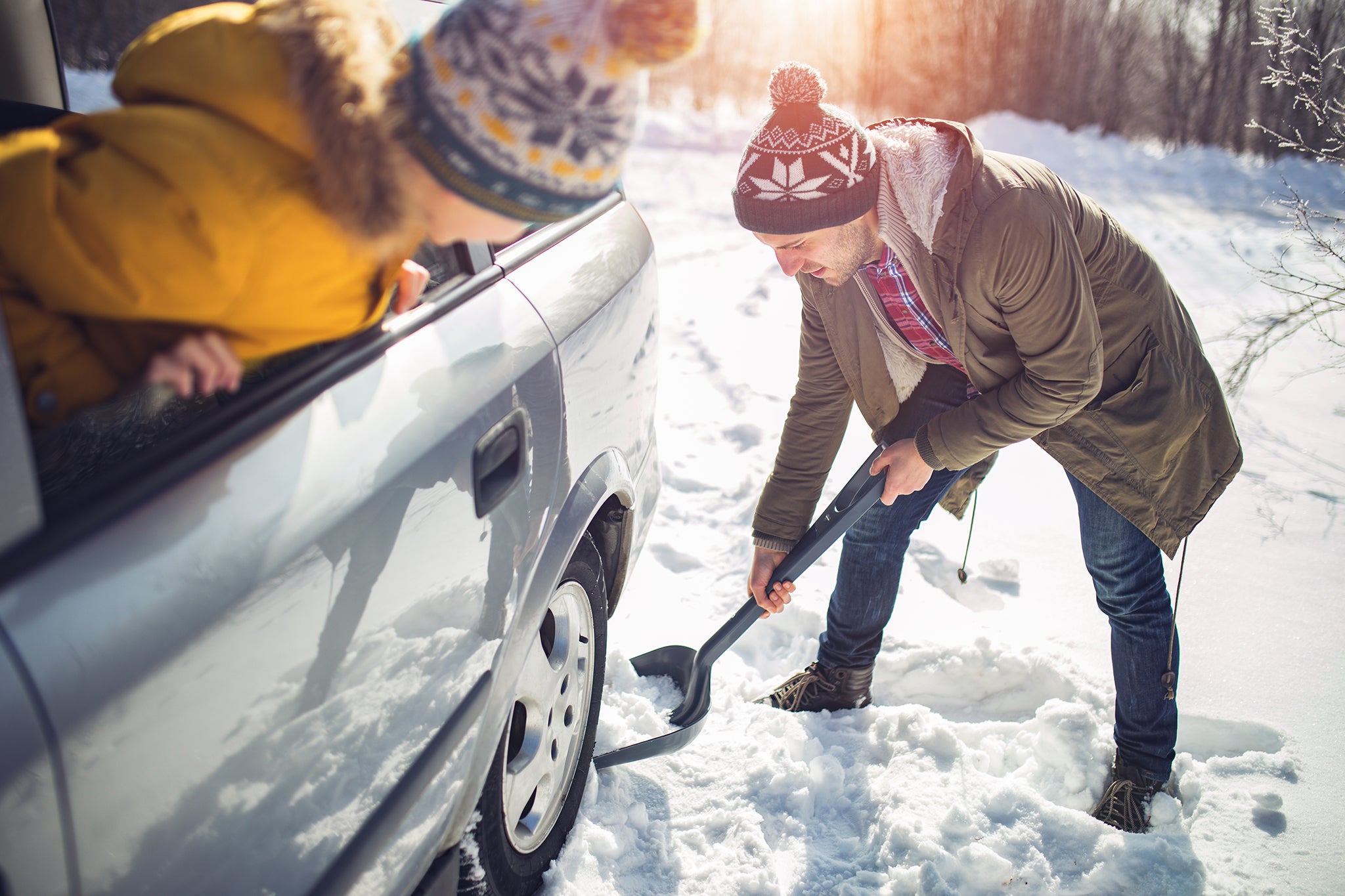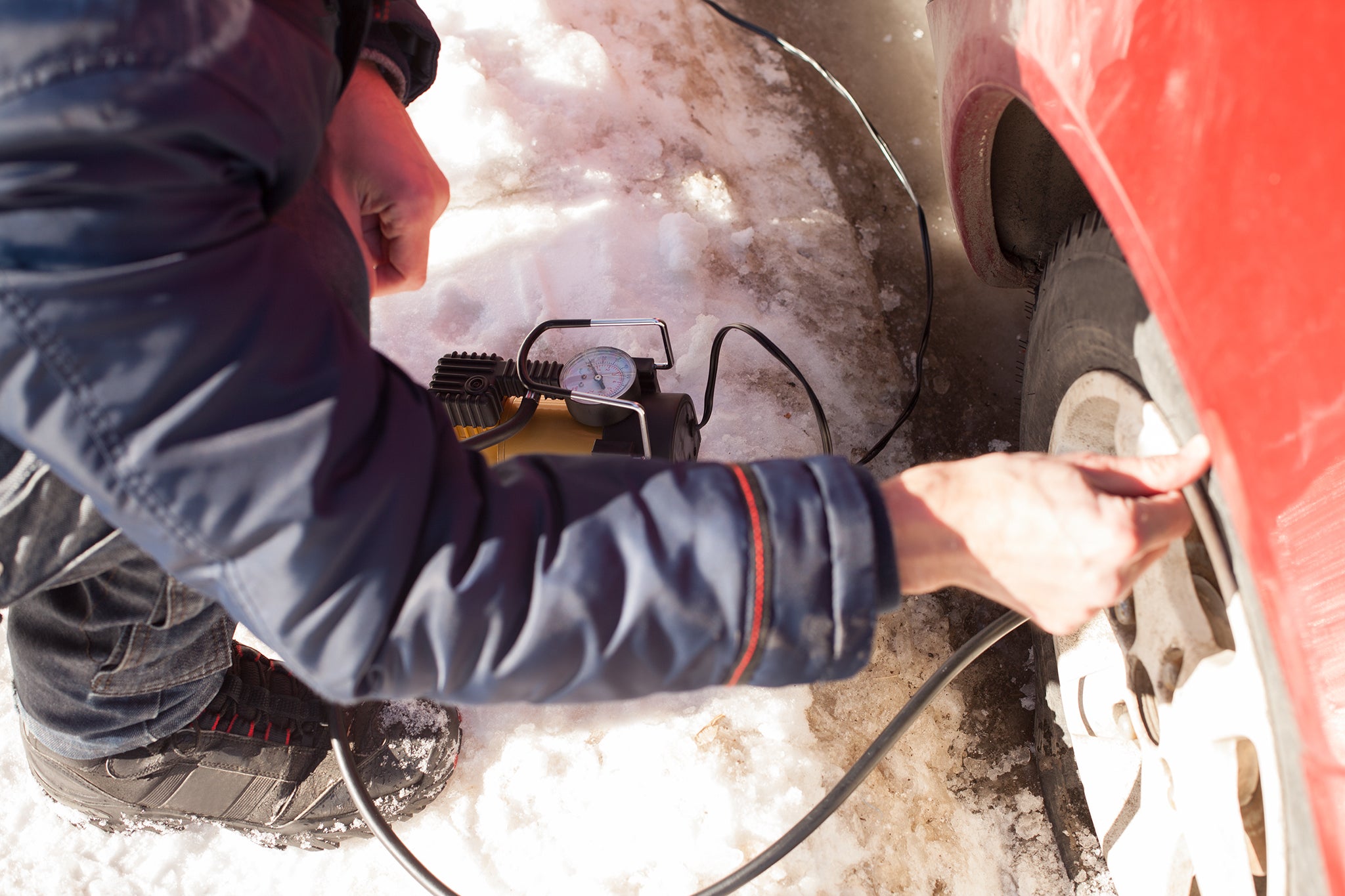Visit Continental Tires in your country for local vehicle fitment
# Winter World
Continental Winter World
Winter is here-get out and enjoy the season!
In some parts of the world, winter means piles of snow, sparkling frost and clinking icicles. Elsewhere, it’s rain, fog and sleet with only the occasional sprinkling of snowflakes. No matter which climate you will be dealing with during the colder months of the year, winter is whatever you make of it. Enjoying the great outdoors and getting out into the fresh air has never been more important, but winter roads are challenging, so you need the best equipment possible. Whether you’re looking forward to going skiing in the mountains, building a snowman with the kids, or even just long walks in the woods, here’s how to make sure your car will get you there safely:
- Get the right winter or all-season tires for the conditions.
- Check your tire pressure and tread.
- Go through our checklist and put together a winter kit with essentials.
- Learn the most important safe driving tips.
Enjoy winter outdoors, regardless of the weather – and the driving conditions.
Dive in to find out more…

Why winter tires matter
We want you to enjoy winter, regardless of the weather – and we want you to arrive safely at your destination, regardless of the driving conditions. Here’s why it’s so important to have the right tires for winter weather:
- Rubber becomes less flexible in the cold. That is why lower temperatures require compounds with a higher natural rubber content.
- A softer rubber compound offers better grip and braking performance in the cold.
- Specially designed tread patterns are specifically shaped to deal with wet roads, ice or snow.
- So-called sipes, small channels cut into the tread blocks, clear water, slush and thin snow.
- Nothing grips snow like snow. So, in the case of compact snow, deep tread grooves interlock with snow, providing additional grip.
Depending on where you live and where you will be driving this winter, your tires may need some or all of these features. Find out whether winter or all-season tires are the right choice for you. If you are faced with conditions that require winter tires even occasionally, we highly recommend the switch, even if it isn’t required by law. It’s a matter of safety.
When to switch to winter tires
Once you’ve established that you need winter tires (by law or by choice), you need to find the best time to make the seasonal tire switch. Changing to winter tires too early in the season increases tread wear, as the softer compound isn’t as robust in warmer temperatures. However, making the change too late can cause tire damage and lead to serious safety risks, such as a loss of grip and reduced braking performance on wet. In some countries or regions, where winter tires are mandatory, you may even be fined for driving with summer tires in winter. You may be familiar with the rule of thumb to use winter tires from October until Easter, but more specifically, you need them once seasonal temperatures drop.
Where are winter tires mandatory?
Many countries across Europe have winter tire laws in place. In some countries, winter tires are mandatory during a certain time period, in others only in certain weather conditions. We’ve put together an overview of all the laws, including details on minimum tread depth, studded tires, snow chains and other legally mandated winter equipment.

Winter tires vs. all-season tires
Do you live in a region with mild winter conditions, where temperatures rarely drop? If you think you don’t need winter tires, but summer tires may not be good enough, perhaps all-season tires are the right solution for you. Check our article comparing the advantages and safety features of tires designed to perform all year round

Prepare your car for winter
You know how it goes: One day you’re driving through beautiful fall foliage – next thing you know, winter’s here. Don’t get caught off-guard and prepare early with our handy checklist to get your car ready for cold weather, ice and snow.

Tire pressure in winter
Did you know that the cold affects your tire inflation? The lower the temperature, the lower the air pressure in your tires. At the same time, the right tire pressure is important for grip and traction, especially in winter. Find out how exactly cold temperatures affects tire pressure and how to make sure your tires get through winter with just the right inflation.

Tread depth for winter tires
Tire tread is always important, but in winter, as your tires encounter rain, ice and snow, it matters even more. Find out the legal minimum tread requirements and why it’s so important to have enough tread as you drive into winter.

Test results for winter tires
One of the reasons Continental tires perform so well in independent tire tests is the fact that we test our tires so rigorously before they are even released to the world. We put our winter tires in particular through a series of tests under a variety of extreme winter conditions.
